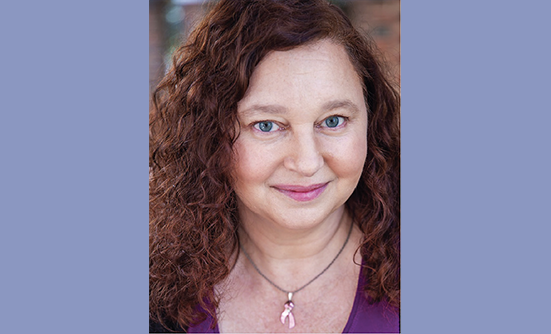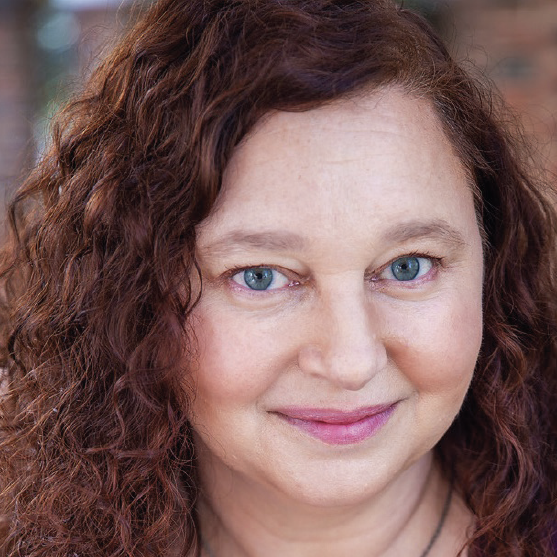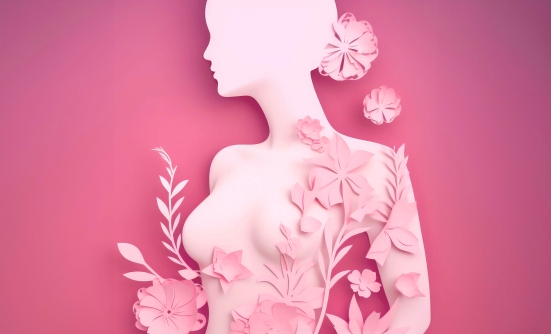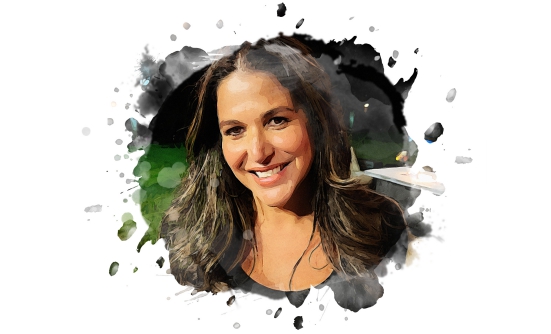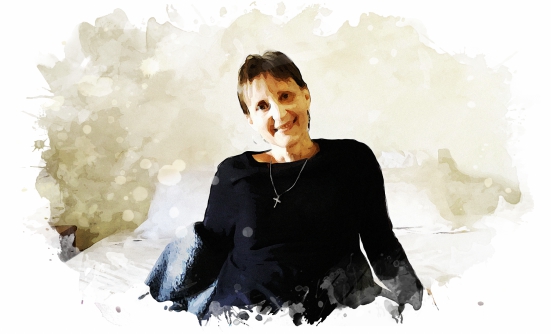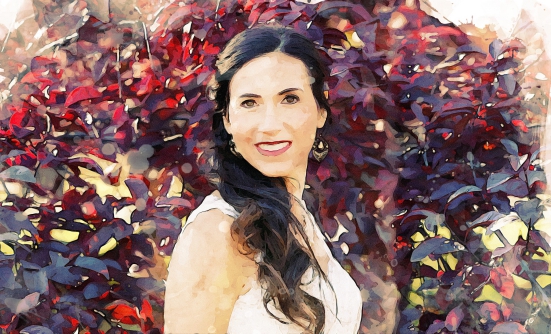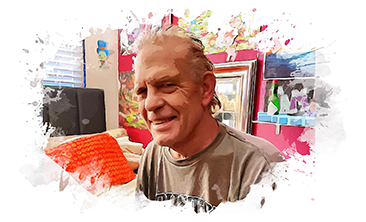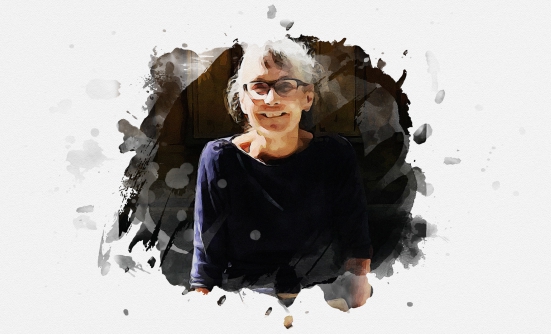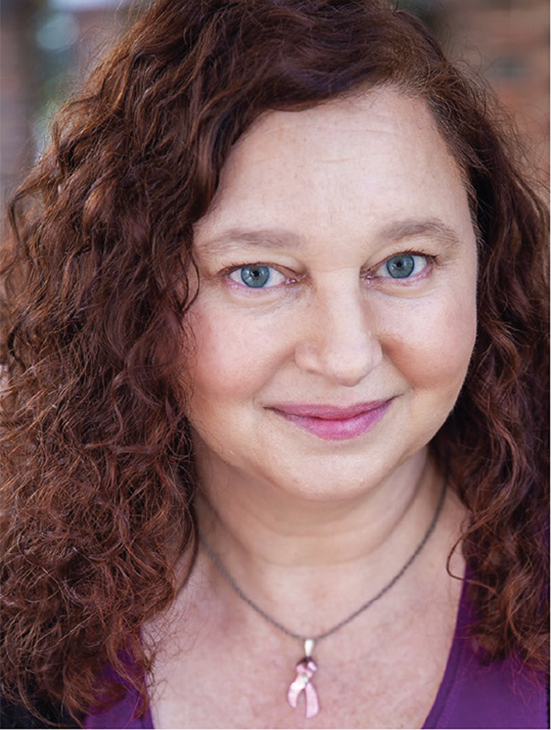
I spent 20 years working as a biomedical breast cancer researcher in the laboratory before receiving my own breast cancer diagnosis. I thought I knew breast cancer. I understood how breast cancer cells grew in a culture dish, how they behaved when implanted in animal models, and I used these tools to figure out what made the cells grow and spread, as well as to test new experimental drugs designed to seek out and destroy breast cancer cells in patients.
I thought I was an expert. I was wrong.
Personal Experience
I had to learn about breast cancer on a personal and visceral level after my diagnosis. The therapist I was seeing after my diagnosis once told me that cancer would push me up against a wall, get in my face, and ask, “What are you made of?”
I didn’t have an answer for her at the time, but the question stuck with me. I’ve spent the greater part of the past 4 years trying to come up with honest answers.
What am I made of? Before cancer, I would have told you that I was made of wine, coffee, and dirty jokes. In a more serious mood, it would be pathological persistence, and a stubborn resolve to be the best I could be, and to make a difference in the world.
Before cancer, I’d never faced a challenge I couldn’t outthink, outwork, outsmart, or simply walk away from.
I couldn’t walk away from this. Cancer didn’t care how smart I was, or how driven. Those clusters of tumor cells growing inside me only cared about their survival. Cancer didn’t care about my kids, who put on brave faces but were scared about losing their mother. Cancer didn’t care about my husband, who was strong for my sake but still worried about the uncertainties that came with this awful disease.
Invading My Sense of Self
Cancer didn’t care about my hopes, dreams, and aspirations.
I couldn’t outwit cancer. It was growing and invading the healthy parts of my body. And in my fight against it, cancer would take more than a few pieces of me.
That’s my first answer to the question—what was I made of. Shortly before surgery, I realized that my body was no longer my own. As soon as my surgeons marked my skin, I relinquished ownership of my breasts, along with the image of myself I’d always carried.
Although I hadn’t always had the best relationship with my body, it had always been mine. We’d grown, borne 2 children, and had reached middle age together.
After the lumpectomy (surgical removal of the lump in the breast) and radiation, I appreciated the pleasing shape of my new breasts beyond the scars, but they still were not “mine.” This wasn’t “me.” Phantom pains and the sting of healing nerves only added to the alien feeling.
By the time I was diagnosed with residual disease almost 2 years later, I had almost moved past the separation I’d felt with my body, only to experience it all over again with greater intensity, when I lost my left breast entirely.
My surgeons were kind, incredibly skilled, and have been working diligently to give me back some semblance of what I’d lost, but I had to come to terms with the fact that part of me was gone forever.
I had to grieve, before I could accept my changing body. That acceptance is still a work in progress.
By now, I’ve had 6 surgeries, including the most recent revision procedure after autologous reconstruction on my left breast. The grafted tissue from my thigh gave me a new left breast, but it wasn’t smooth, and it wasn’t the same size and shape as the right breast.
The first revision to correct this involved liposuction and fat grafts to plump up the new left breast, followed by another lift on the right side—the third time the right breast has been lifted. It’s better now, but we’re still not done.
I look at my bruised and battered body, and although the shape and contours defy the reality of my age, I mourn for my old self, wondering how much more my body can take.
What was I made of? Some days, I was made of scars that crisscrossed what was left of my breasts and extended to my armpits. During radiation, I was made of fatigue and skin that went from red and raw to tight and tough. Gone was the soft supple texture. Would my husband be okay touching it? I wasn’t okay with how it looked, or with the loss of sensation, which fed into the vicious cycle of damage to my body image.
A Volcano Within
What was I made of? After starting estrogen-suppression therapy, I was made of fire, and sweat, and tears. A volcano erupted from deep within my body and radiated out in waves that left me panting and shaking. Hot flashes, or hot flushes, are silly names for the process by which the loss of estrogen convinces your body that it’s too hot. Even worse, you get cold after hot flashes.
What was I made of? Warm hugs, belly laughs, and a lust for life and all the experiences it has to offer before cancer. Breast surgery put warm hugs on hold. Side hugs aren’t the same, and hugs from the back don’t have the same all-encompassing warmth as a from-the-front, breast-cushioned hug. I got those back after the first 2 surgeries, but I gave them up again after mastectomy, reconstruction, and the first round of revision surgeries. I hope I get them back soon.
Lust for life? That’s a bit more complicated. Cancer has an annoying way of putting your life on hold. Planning around surgeries, treatments, and medication side effects, such as fatigue and crippling bone, joint, and muscle pain sucks.
Some days, I was the Energizer bunny, ready to hike 4 miles and splash in a swimming pool later that evening. Other days, I could barely uncurl my claw fingers that hurt like arthritis on steroids, let alone get out of bed to enjoy a beautiful Saturday with my kids.
Historical Context
What was I made of? Before cancer, I was every woman, wonder woman, superwoman. I prided myself of being able to do it all, and do it well. I could work a full day in the lab, endure endless meetings, and still come home to make a healthy meal, engage with my children, and be an amazing wife. I had something to prove.
I grew up in the 1970s and 1980s, when women’s liberation told us that we could do it all, and be all, if we worked hard enough. The philosophy morphed into 1990s girl power, and later to lean-in in the new millennium. I embraced and reveled in it. Pushback from conservatives, misogynists, and doubters didn’t daunt me. It motivated me.
Overcoming Dual Crises
Being forced to slow down for breast cancer did not compute. The seismic disruption to the life I had built derailed my sense of self so profoundly that I’m still coming to terms with the aftermath.
Being diagnosed with residual cancer in February 2020, the beginning of the COVID-19 era, didn’t help. The world stopped moving. I stopped moving. I didn’t deal well with that.
So I went back to therapy to fight my cognitive distortions, such as assuming the worst outcome; believing I’m solely responsible and in control of myself and my surroundings; and all-or-nothing thinking—I found out that I was still made of determination, resilience, and hope.
Other things that helped me through the dual crises of COVID-19 and cancer were yoga and mindfulness meditation, narrowing my world to focus on my health and well-being, my family, and writing.
Renewed Urgency
What am I made of? I’m made of persistence. Cancer has not stopped me in my tracks, it just put me on pause for a while, and not even on a full pause. It gave me a new lease on life—as often happens when people face their own mortality—a new mission to fight breast cancer with a renewed sense of urgency and passion.
One way I do that is through my recent book, Talking to My Tatas: All You Need to Know from a Breast Cancer Researcher and Survivor, which was published in February 2022 and is now available in print and online.
I’m still made of coffee, wine, and dirty jokes. Humor is a great coping mechanism that I highly recommend. If you can laugh in the face of cancer, cancer will not truly defeat you.





